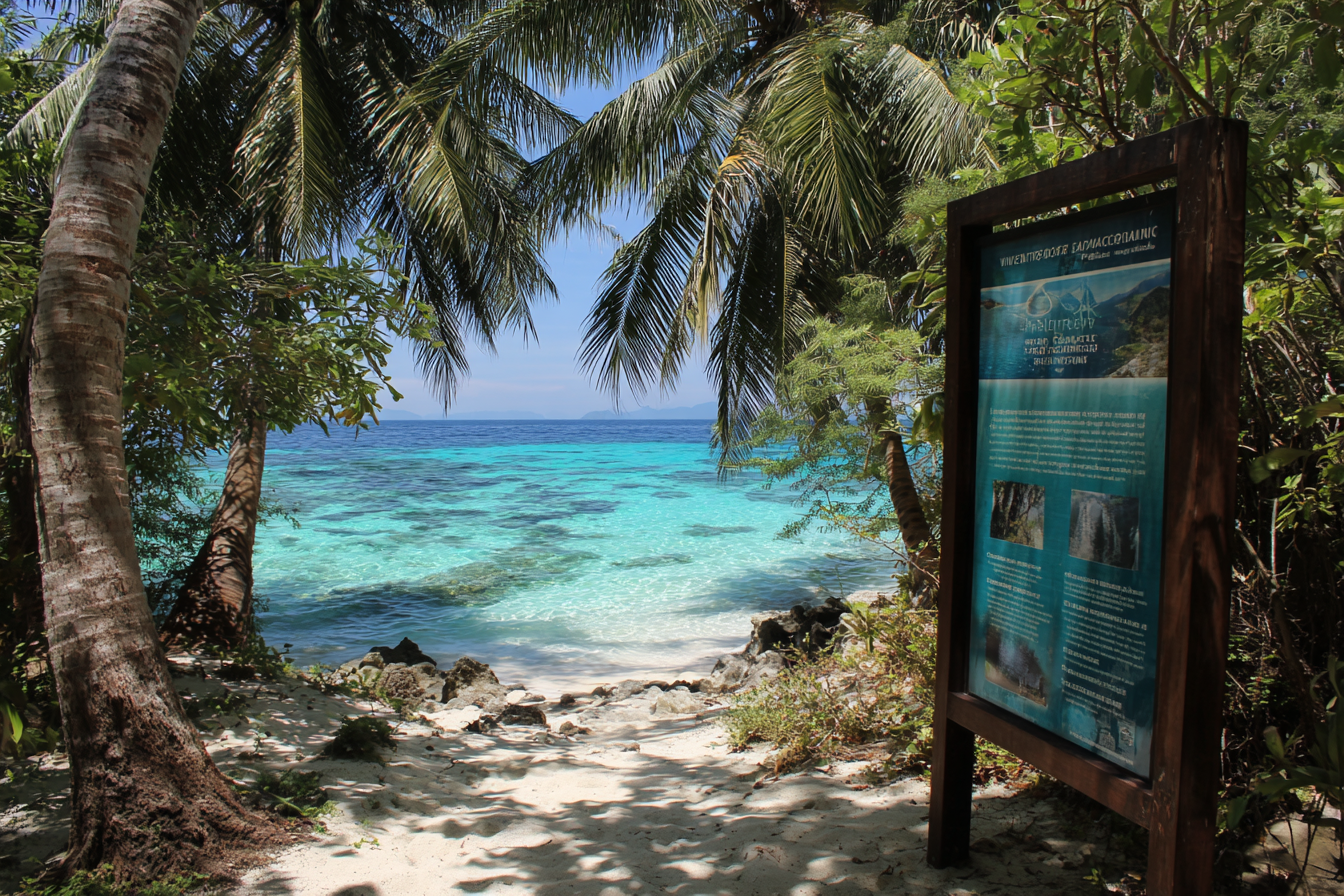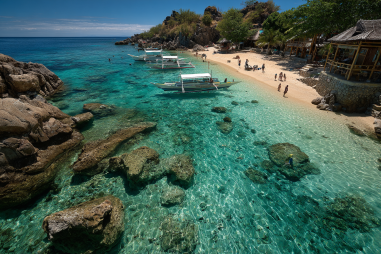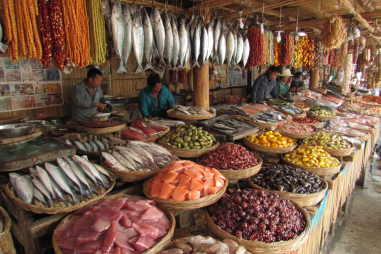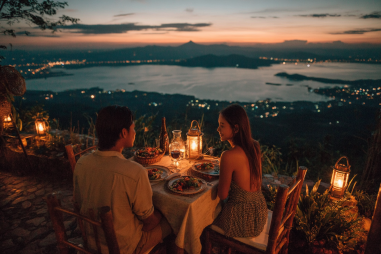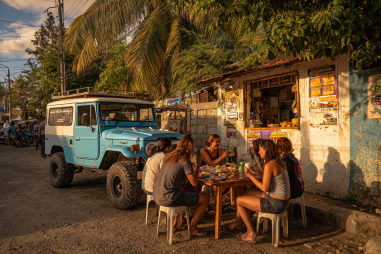Malapascua Island, nestled in the northern part of Cebu, Philippines, is renowned for its crystal-clear waters, vibrant marine life, and laid-back island atmosphere. It draws countless travelers each year looking to experience its unique underwater attractions, especially the famous thresher sharks. However, with increased tourism comes a growing responsibility to protect the island’s delicate ecosystem and preserve its cultural charm. Practicing sustainable tourism is essential to ensure Malapascua’s natural beauty continues to thrive for generations to come. Let’s explore how visitors and locals alike can embrace responsible travel to support this beautiful island.
The Importance of Sustainable Tourism in Malapascua
Sustainable tourism is more than just a trend—it’s a vital approach to maintaining the environmental integrity, cultural heritage, and economic viability of destinations like Malapascua. The island’s economy largely depends on tourism, but uncontrolled visitor numbers and unsustainable practices can lead to environmental degradation such as coral damage, water pollution, and loss of biodiversity. Moreover, the local community can experience social and economic disruptions if tourism is not managed carefully.
By prioritizing sustainability, Malapascua ensures the preservation of its unique ecosystems and cultural traditions. Sustainable tourism also promotes meaningful experiences for visitors, who gain deeper insights and appreciation for the island while supporting conservation efforts and the local economy. Thus, every traveler has a role to play in protecting this paradise.
Key Environmental Challenges
Despite its idyllic appearance, Malapascua faces several pressing environmental challenges linked to tourism growth:
- Coral Reef Degradation: Many of Malapascua’s attractions revolve around its healthful coral reefs. However, activities like careless diving, snorkeling, and anchoring boats can physically damage corals, making them vulnerable to disease and bleaching.
- Marine Life Disturbance: Frequent human interaction, especially with species like thresher sharks, can disrupt natural behaviors, affecting breeding and feeding patterns.
- Waste Management Issues: Rising tourist numbers generate increased waste, often overwhelming local disposal systems. Litter and plastic pollution threaten marine animals and the general cleanliness of the island.
- Water and Energy Consumption: Tourism infrastructure demands significant freshwater and energy, putting strain on local resources and ecosystems.
Addressing these challenges requires a combination of awareness, regulation, community engagement, and responsible visitor habits.
Responsible Diving and Snorkeling Guidelines
Diving and snorkeling are some of the most popular activities on Malapascua Island, offering an unparalleled chance to witness the rich marine biodiversity. But to protect these underwater habitats, visitors must adhere to responsible practices:
- Maintain Buoyancy Control: Avoid touching or standing on corals as this can cause breakage. Practice good buoyancy control to stay clear of the reef.
- Don’t Chase or Touch Marine Life: Maintain a respectful distance from all creatures. Avoid chasing or grabbing fish, sharks, turtles, or other wildlife.
- Use Reef-Safe Sunscreen: Conventional sunscreens contain chemicals harmful to corals. Choose biodegradable, reef-safe alternatives to minimize damage.
- Follow Dive Guides’ Instructions: Local guides are trained to minimize environmental impacts and ensure both diver safety and reef protection. Follow their advice carefully.
- Do Not Collect Souvenirs: Resist the temptation to take shells, corals, or other marine items from the ocean.
- Support Responsible Operators: Choose dive shops and tour operators who practice eco-friendly policies and promote sustainable tourism.
By adhering to these guidelines, visitors help safeguard Malapascua’s marine ecosystems while enjoying unforgettable underwater experiences.
Supporting Local Businesses and Communities
One of the greatest ways tourists can contribute to sustainable tourism on Malapascua is by supporting local businesses and cultural initiatives. The island’s economy thrives on small-scale enterprises such as guesthouses, restaurants, shops, and tour services operated by local residents.
- Choose Locally-Owned Accommodations: Staying in guesthouses and homestays run by locals injects income directly into the community, supporting families and encouraging cultural preservation.
- Eat Locally Sourced Food: Savor traditional Filipino dishes made from local ingredients. This supports farmers and reduces the carbon footprint associated with food transport.
- Purchase Handcrafted Souvenirs: Buying artisanal products made by local craftsmen helps sustain traditional skills and provides alternative income streams.
- Respect Cultural Practices: Engage with the community respectfully, honor local customs, and participate in community events when invited.
- Volunteer or Donate: Consider joining community-based conservation efforts or supporting local NGOs working to protect Malapascua.
Through conscious choices, travelers become partners in preserving the island’s culture and livelihoods.
Waste Reduction and Eco-Friendly Accommodations
Managing waste and conserving resources are critical components of sustainable tourism on Malapascua. Tourists can play an active role in minimizing their environmental footprint by following these strategies:
- Bring Reusable Items: Carry reusable water bottles, bags, straws, and containers to reduce single-use plastics.
- Dispose of Waste Properly: Use designated bins for recycling and garbage. Avoid littering and dispose of hazardous materials responsibly.
- Choose Eco-Friendly Accommodations: Many lodging options on Malapascua now incorporate sustainable practices such as solar energy, rainwater harvesting, composting, and energy-efficient appliances.
- Limit Water and Energy Use: Take shorter showers, turn off lights and air-conditioning when not in use, and reuse towels and linens to conserve resources.
By adopting these simple habits and selecting sustainable lodging, visitors help reduce pollution, conserve freshwater, and lower the island’s carbon footprint.
How Tourists Can Minimize Their Impact
Mindful tourism on Malapascua means constantly considering how your actions affect the environment and community. Here are some additional tips to minimize your impact:
- Travel Off-Peak: Visiting during less crowded periods helps lessen pressure on natural sites and allows for a more peaceful experience.
- Use Environmentally Friendly Transport: Walk, bike, or use public transportation whenever possible instead of private vehicles to reduce emissions.
- Educate Yourself: Learn about the island’s ecosystems, fauna, and cultural history before your trip. Being informed fosters respect and responsible decisions.
- Stay on Marked Trails: Avoid wandering off designated paths when trekking or exploring to protect native vegetation and wildlife habitats.
- Limit Consumption: Be conscious of your resource usage and refrain from excess purchasing that contributes to waste.
Small behavioral changes can collectively have a profound positive effect on Malapascua’s sustainability.
Envisioning the Future of Malapascua Tourism
Malapascua stands at a crossroads where its spectacular natural wonders and vibrant culture can either flourish or face decline based on how tourism is managed. Encouraging sustainable tourism is key to preserving this cherished island. Continued collaboration among local communities, governing bodies, tourism operators, and travelers will pave the way for responsible development.
Innovations such as marine protected areas, stricter environmental regulations, educational campaigns, and sustainable certification for businesses are already taking root. Tourists who embrace sustainable practices contribute directly to these positive changes. Together, it is possible to enjoy Malapascua’s breathtaking beauty ethically, ensuring that future generations will also have the privilege of exploring its pristine waters and warm hospitality.
So next time you plan your trip to Malapascua Island, remember that responsible travel is not just about seeing places—it’s about preserving them.

